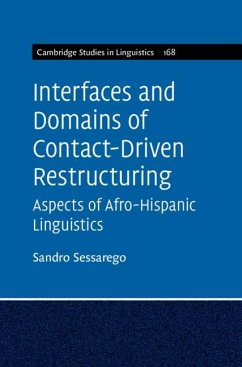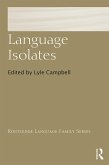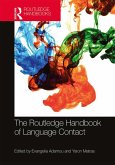The Afro-Hispanic Languages of the Americas (AHLAs) present a number of grammatical similarities that have traditionally been ascribed to a previous creole stage. Approaching creole studies from contrasting standpoints, this groundbreaking book provides a new account of these phenomena. How did these features come about? What linguistic mechanisms can account for their parallel existence in several contact varieties? How can we formalize such mechanisms within a comprehensive theoretical framework? How can these new datasets help us test and refine current formal theories, which have primarily been based on standardized language data? In addressing these important questions, this book not only casts new light on the nature of the AHLAs, it also provides new theoretical and methodological perspectives for a more integrated approach to the study of contact-driven restructuring across language interfaces and linguistic domains.
Dieser Download kann aus rechtlichen Gründen nur mit Rechnungsadresse in A, B, BG, CY, CZ, D, DK, EW, E, FIN, F, GR, HR, H, IRL, I, LT, L, LR, M, NL, PL, P, R, S, SLO, SK ausgeliefert werden.
Hinweis: Dieser Artikel kann nur an eine deutsche Lieferadresse ausgeliefert werden.









